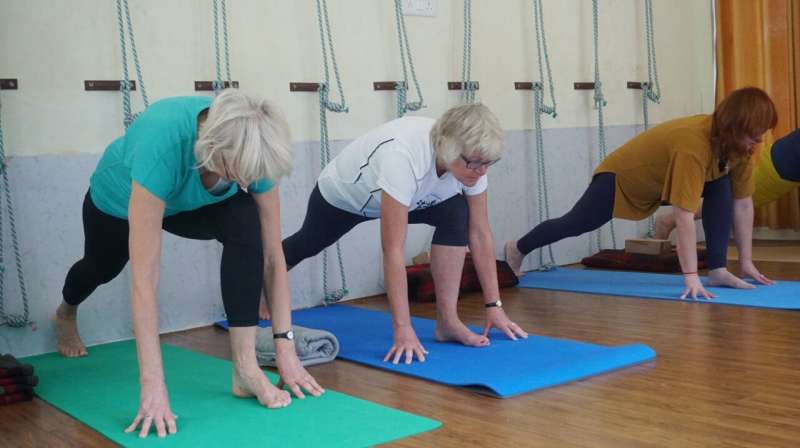Is It Safe to Exercise When You're Still Sore from Previous Workouts?

Learn whether it's safe and effective to exercise when you're still experiencing muscle soreness after workouts, and get expert tips on recovery and performance.
Feeling muscle soreness after a workout is a common experience, especially if you are new to exercise or trying a new routine. This soreness, known as delayed onset muscle soreness (DOMS), typically appears within 12 to 24 hours post-exercise and peaks between 24 and 72 hours. Most soreness diminishes within three to five days, but a common question arises: should you continue exercising when you're still sore?
Muscle soreness results from tiny tears in muscle fibers during physical activity. These microtears trigger an inflammatory response as your body floods the area with fluids and nutrients, aiding in muscle repair. This process strengthens muscles and improves endurance. The inflammation also stimulates pain receptors, which cause the characteristic soreness.
The intensity of soreness depends on the type and intensity of exercise. Unaccustomed or strenuous activities like weightlifting or running often lead to more soreness. Regularly performing the same exercises can reduce the likelihood and severity of DOMS.
Is experiencing soreness an indicator of effective workout? Not necessarily. While soreness indicates your muscles are responding to new or intensified activity, it doesn't directly correlate with progress. Consistent training with gradually increasing load enhances muscle strength and fitness, often without significant soreness.
Regarding exercising with muscle soreness, doing so won't usually cause harm. Nonetheless, some evidence suggests that strength, performance, and balance might temporarily decline when muscles are sore, potentially increasing injury risk, especially for balance-dependent activities.
Rest days are part of a balanced training regimen. Studies show that training on consecutive or non-consecutive days yields similar long-term benefits for muscle growth and cardiovascular fitness. Short-term research indicates that alternating rest and activity days does not hinder progress.
In summary, exercising with sore muscles is generally safe and unlikely to impede your progress, provided you listen to your body. Avoid high-balance or high-impact exercises if soreness is significant, and consider recovery methods like massage or ice baths, which may offer minor benefits. Always consult a healthcare professional if soreness persists beyond a week, if you notice bruising, or experience sharp pains.
Stay Updated with Mia's Feed
Get the latest health & wellness insights delivered straight to your inbox.
Related Articles
New Research Shows Traditional Exercise Outperforms Yoga in Promoting Vascular and Heart Health
A new study reveals that traditional exercise methods outperform yoga in improving vascular and heart health, emphasizing the importance of varied physical activity for cardiovascular well-being.
The Health Benefits of Walking: A Path to Longevity and Well-Being
Discover how regular walking, especially at a brisk pace, can reduce the risk of premature death, improve heart health, and promote longevity. Learn why incorporating more steps into your daily routine is a simple yet powerful step toward better health.
Weekend Warrior Exercise Routines Help Lower Mortality Risk in People with Diabetes
A new study reveals that 'weekend warrior' exercise routines can significantly reduce the risk of early death and heart disease in individuals with diabetes, highlighting the benefits of flexible physical activity patterns.
The Role of Exercise in Restoring Cardiac Energy Balance in Heart Failure
Discover how tailored exercise programs can restore energy balance in the heart, improve mitochondrial function, and potentially slow heart failure progression. Learn about the metabolic benefits of physical activity for cardiovascular health.



